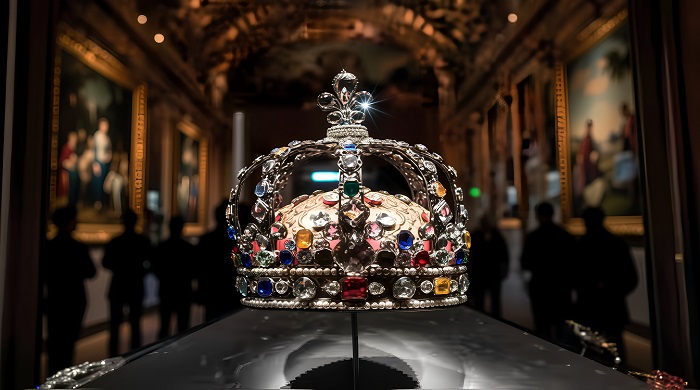Among the world’s most fabled gems, few possess a saga as mesmerizing as The Regent Diamond – a 140.6-carat masterpiece of brilliance and betrayal, now worth an estimated $62 million. Its story begins not in the opulent courts of Europe, but deep within the alluvial mines of Kollur, on the banks of the Krishna River in India, the same legendary region that gave the world the Koh-i-Noor and Hope Diamonds.
A Diamond Born of Destiny
According to historical accounts, the Regent Diamond was discovered in the late 17th century, during a time when the Golconda region was the global epicentre of diamond mining. The discovery took place as political tensions brewed, culminating in the 1687 siege of Golconda by Mughal Emperor Aurangzeb. Amid the chaos, a man – believed to be a local miner – found the magnificent rough stone, estimated between 410 and 426 carats.
Fearing for his life and fortune, he fled the region, concealing the precious diamond in a self-inflicted leg wound to avoid detection. His desperate bid for freedom led him to India’s southern coast, where fate took a tragic turn. Seeking passage aboard a British vessel, he entrusted his future to an English sea captain, promising him half the profits from the diamond’s sale in exchange for safe transport. Instead, greed prevailed – the captain murdered the miner and seized the stone.
From Indian Merchant to the Governor of Madras


The sea captain later sold the stolen diamond to Jamchand, a wealthy Indian diamond merchant. It was through Jamchand that Thomas Pitt, then Governor of Madras (now Chennai) under the British East India Company, acquired the gem in 1701 or 1702 for 48,000 pagodas – a considerable fortune at the time.
To safeguard his investment, Pitt orchestrated a secret transport of the diamond to London. On 9 October 1702, it was smuggled aboard the East Indiaman Loyal Cooke, hidden ingeniously in the heel of his son Robert’s shoe. Once in England, the diamond was entrusted to a master cutter named Harris, who spent two years (1704–1706) refining it into a brilliant cushion-cut gem of 140.6 carats at a cost of £5,000- an enormous sum by 18th-century standards.
The transformation was nothing short of miraculous: the diamond’s luminous fire and symmetry set new standards in gem cutting, earning it admiration across Europe. It was first known as the “Pitt Diamond”, after its British owner.
The Jewel of France


In 1717, the magnificent stone caught the attention of Philippe II, Duke of Orléans, the Regent of France for the young King Louis XV. He purchased the gem and renamed it “The Regent Diamond”, cementing its association with French royalty.
Over the decades, the Regent adorned symbols of royal power: it was mounted in Louis XV’s coronation crown, later worn by Marie-Antoinette, and famously set into the hilt of Napoleon Bonaparte’s sword for his 1804 coronation as Emperor. During the tumult of the French Revolution, the diamond was stolen along with other crown jewels but was miraculously recovered 15 months later.
A Timeless Legacy in the Louvre
Surviving revolutions, wars, and dynastic collapses, the Regent Diamond stands today as a dazzling testament to India’s gemological legacy and Europe’s enduring fascination with its treasures. Since the 19th century, it has been safeguarded within the Apollo Gallery of the Louvre Museum in Paris, displayed alongside the French Crown Jewels.
From its humble origins in India’s Kollur Mines to its place of honour beneath the glass cases of the Louvre, the Regent Diamond embodies the intertwined histories of colonial ambition, artistry, and human desire. It is more than a gemstone-it is a fragment of history, cut and polished by time itself.
